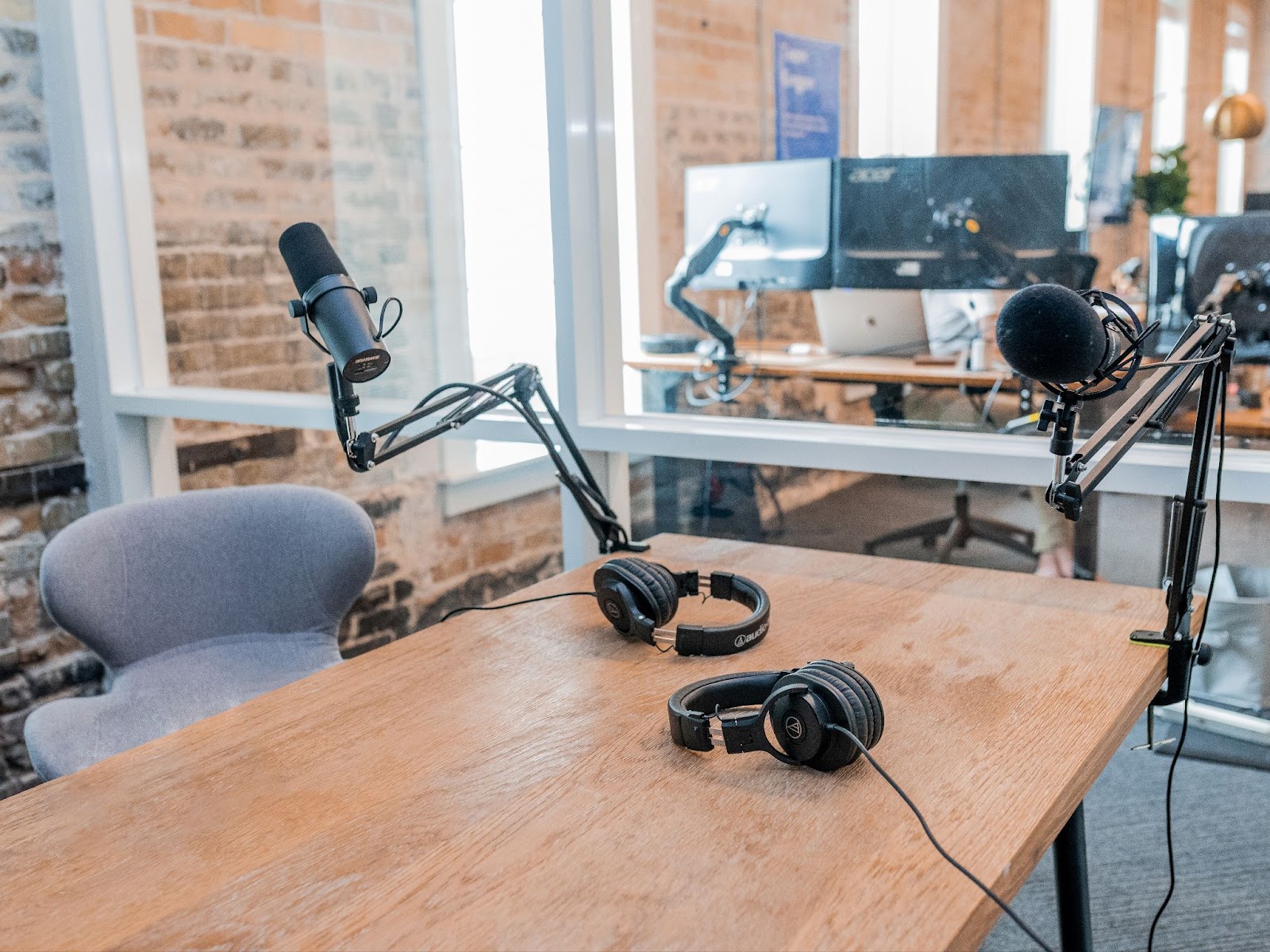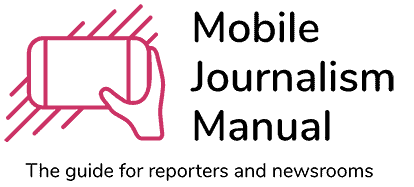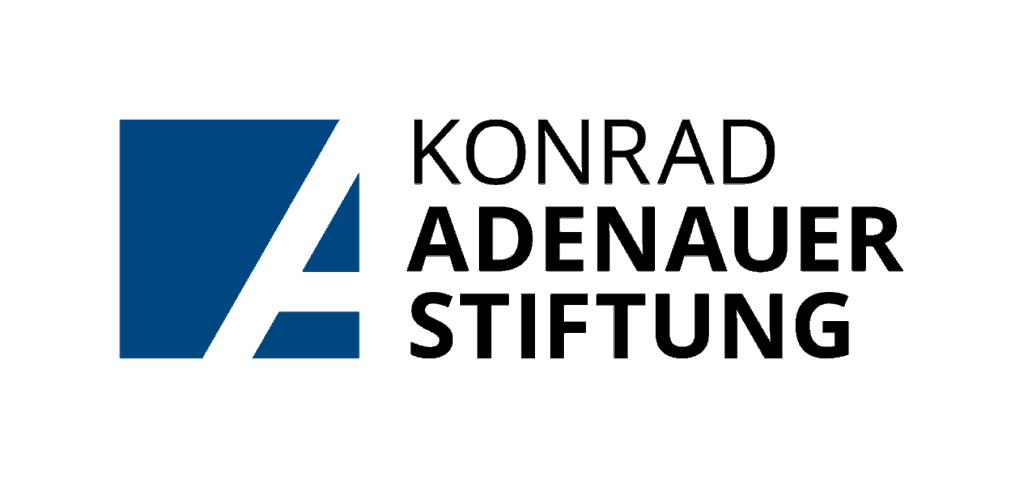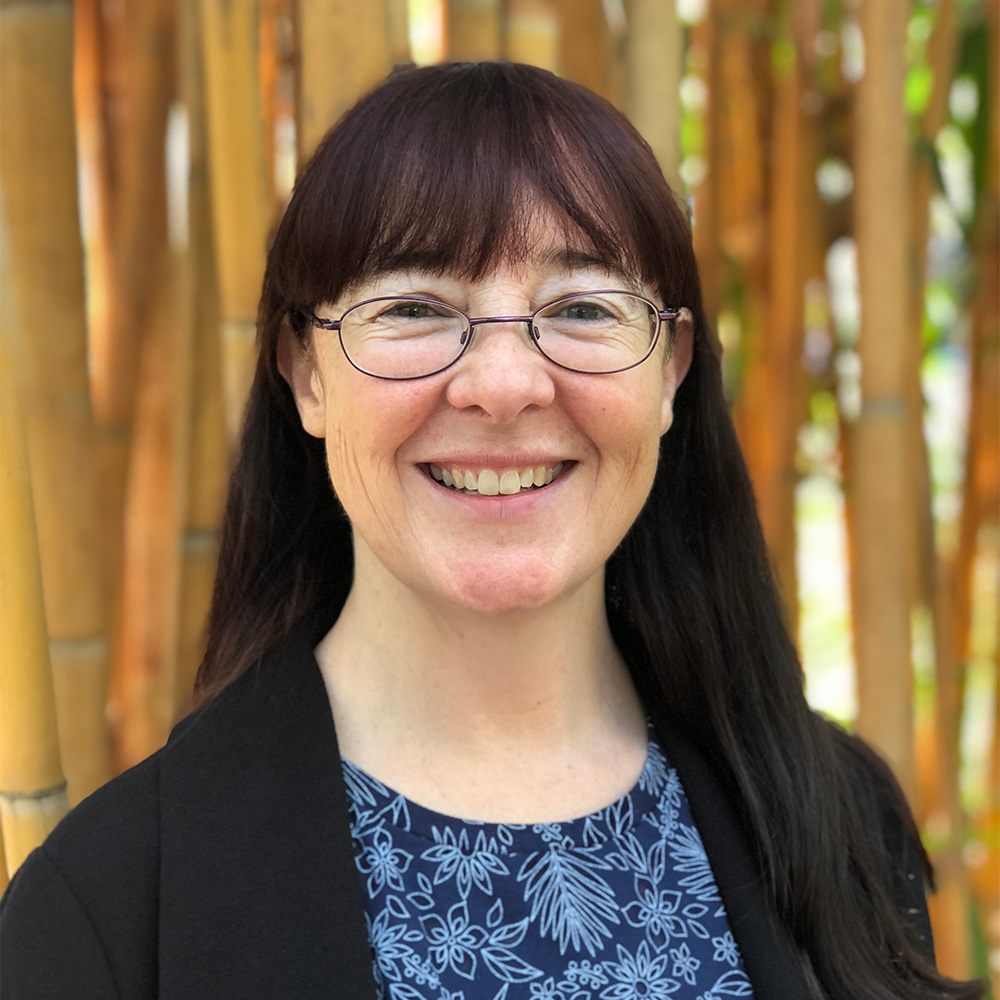Avoid noisy Environments
Some of the causes of poor audio cost nothing to avoid. Don’t record interviews in noisy environments where the background sound drowns out your interviewee. Whether you are recording indoors or outside, use a microphone windshield, because a sudden breeze or gust of wind will ruin your recording.
When recording an interview indoors, choose a room with carpet and soft furnishings, because hard surfaces will reflect sound and give your recording an unpleasant echo.
Close your eyes for a moment before you start recording, and listen. Is there an irritating sound in the background – an air conditioner, refrigerator, a flickering light? Turn it off, if you can, or move to a different location.
Choose the right Microphone
For radio news, a smartphone and a voice recording app will be sufficient. To avoid wind noise, put a large foam windshield over the bottom of your phone, which is where the main microphone is usually located. A small cotton sock is a cheap alternative.
There are many different types of microphones. They can be broadly categorised as dynamic, condenser, or ribbon microphones, and this tutorial explains the difference.
The next thing to think about is the ‘shape’ of the sound that your microphone will record. Omni-directional microphones will record sound from around the microphone. Specialist microphones like cardioid, figure-8, and shot-gun microphones record audio in a specific shape. This tutorial explains the difference:
The 4 Types of Microphones Explained
For one-to-one interviews or if you produce a podcast from home, an omnidirectional dynamic microphone is a good choice. Dynamic microphones are cheaper than condenser mics, and pick up less background noise. They can be taken into the field to do interviews, or kept in a studio on a stand. used at home on a stand. Examples include:
If you are recording discussions, it’s best to get a microphone stand for each guest, to avoid noise caused by guests holding the mic in their hands.
What Device should I Use to Record Audio?
One to one Interviews outside Your Office:
For these kinds of stories, you will only need one microphone so you can record your questions and your interviewee’s answers. This could be as simple as your smartphone and an audio recording app.
Alternatively, you could use a solid state recorder, which is a good choice if you will be doing audio stories regularly for radio or podcasts, and visiting interviewees in person. These devices have an on-board microphone, and you can also plug in between 1-8 external microphones depending on which device you buy. They have a traditional 3.5mm headphone socket so you can monitor your recording by listening. Solid state recorders can record to SD cards, and popular brands include Zoom and Tascam.
Discussions with multiple Guests:
Each interviewee’s voice will be different. Some guests will have loud, booming voices. Others will have soft or breathy voices. To get a great recording, you will need to record each guest separately. This is called recording on ‘separate channels’.
The ideal device for doing this is a mixer that lets you plug in one microphone per guest and adjust each guest’s microphone separately. A portable mixer is a good solution as you can use it in your studio or out in the field. Options include:
- Zoom Podtrak – a portable mixer that records to SD cards. You can plug in up to six microphones depending on which model you buy.
- Rode Podcaster Pro – a more expensive device that can be used to make an entire radio show or podcast. You can plug in up to four microphones, and connect online callers and guests. You can record onto SD cards or connect the device to a laptop and record your audio there.

Do I need a Home Studio?
Some podcasters set up a complete studio at home, with high-end microphones and banks of computer screens. This can be daunting and expensive if you’re new to audio storytelling.
Your biggest problem is external noise, and unless you live on a busy street or under a flight path, it’s cheap to fix. Simply record your audio in a small space, and cover the hard surfaces with blankets or soundproofing foam. During lockdown, journalists from big broadcasters like NPR and the BBC posted Tweets of their makeshift home studios:
The return of the hotel room pillow fort/recording studio pic.twitter.com/RpWTv7IcrG
— Zoe Kleinman (@zsk) July 12, 2022
Recording this week’s show (well, I closed the closet doors while I read my narration). @ThisAmerLife pic.twitter.com/SrTO0hsgyz
— Ira Glass (@iraglass) March 22, 2020
Recording radio today for @BBCFooC and @sciam podcast in hastily built pillow studio using mobile phone! #lockdown challenges!!! pic.twitter.com/gNO3Ishi1o
— Mark Stratton (@MarkofDartmoor) June 2, 2020
This guide from Castos will help you design your home studio, and explains the types of equipment and software that will help you make your show.
How to Record Guest Remotely
If you and your guests use the same make and model of microphone, this gives your show a standard sound. Some podcasters and radio shows achieve this by sending microphones to their guests via post or courier and having them sent back afterwards.
If this isn’t an option, you could record the interview over Zoom or Skype and use the audio from the call for your show. You and your guest should both use a microphone headset or a smartphone headset, as the built-in microphone on your laptops will give poor sound quality.
Another option is simultaneous recording. You can use Zoom, Skype, or a Google Hangout for this. You and your guest should wear headphones plugged into a computer. Then, ask your guest to record themselves on a smartphone voice recording app – like Voice Memo. You should do the same.
At the end of the call, your guest can send you their audio via email or a free service like WeTransfer. All you need to do is synchronize the two recordings, and edit them together into a single conversation. There’s a video guide to simultaneous recording here.


